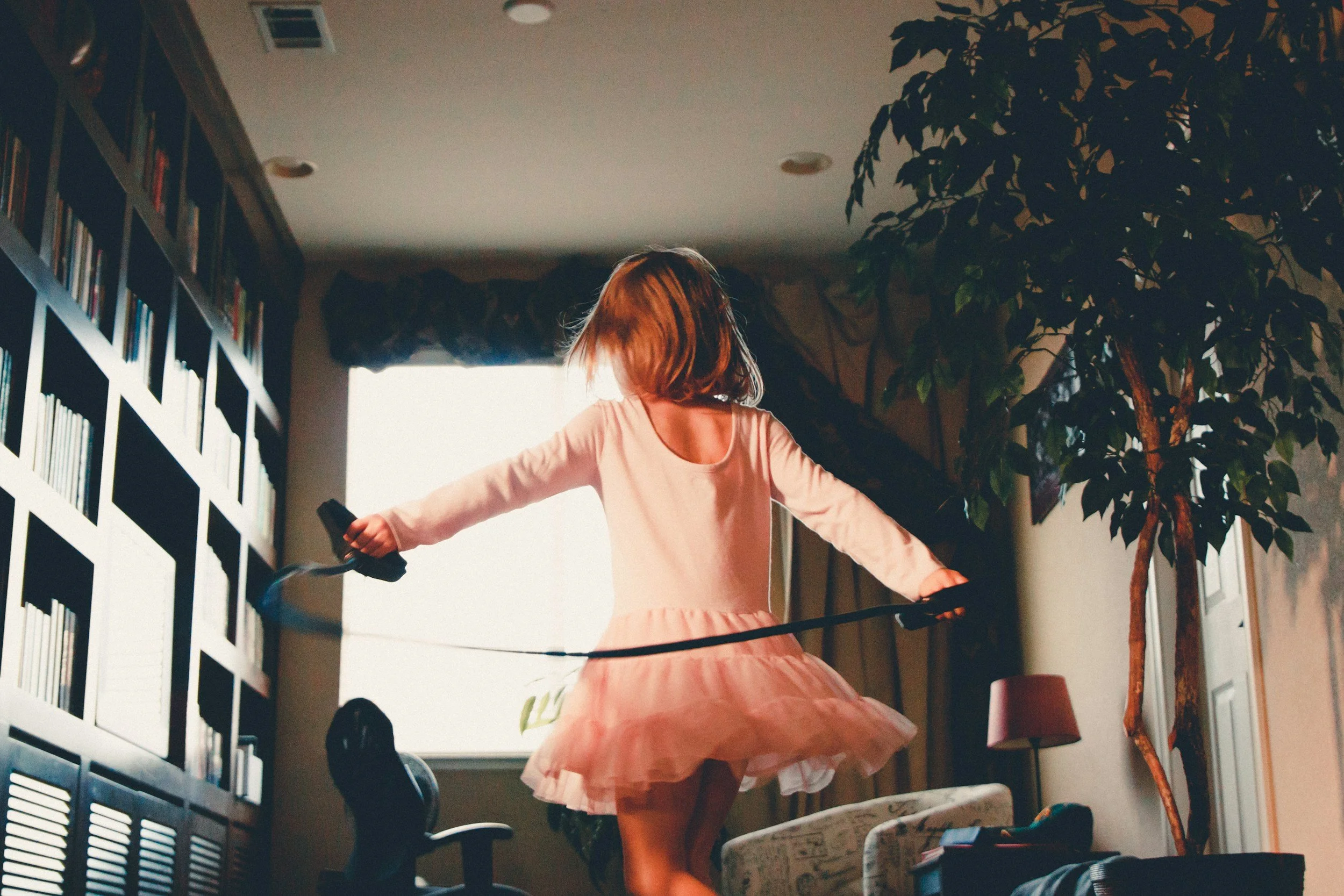One Big Reason Your Child’s Sensory Challenges Aren’t Improving – And What You Can Do About It
You’ve tried the weighted blanket. The chewy necklace. The noise-canceling headphones. These tools seem to work temporarily, giving you hope – then, suddenly, you’re back at square one again. You’re left wondering: Why isn’t it getting better?
If your child still melts down over clothing, avoids certain movements, or seems stuck in fight-or-flight mode, there may be something deeper going on – something that no strength of chewy necklace can fix.
The Hidden Reason? Reflexes
When people hear the word “reflex,” they usually think of quick reaction times or the doctor tapping your knee at a checkup. But the kind of reflexes we’re talking about are more foundational – and often overlooked.
We’re talking about primitive reflexes – automatic movements that all babies are born with. These reflexes aren’t optional. They’re hardwired into the nervous system and critical for early survival, feeding, bonding, and movement.
For example:
The sucking reflex helps a newborn eat.
The grasp reflex helps them hold onto a caregiver’s finger.
The Moro reflex (the startle response) helps alert the caregiver to danger.
These reflexes are essential in infancy. But as the brain and nervous system mature, they’re supposed to fade away to make room for more complex movement patterns and emotional regulation.
But here’s the kicker: sometimes, they don’t fade away.
When reflexes linger longer than they should – something we call retained reflexes – it’s like your child’s brain is stuck running on outdated software. And that “old programming” can show up in all kinds of surprising ways.
What Do Retained Reflexes Have to Do With Sensory Issues?
Glad you asked.
Primitive reflexes actually help shape our sensory systems in infancy. When a baby moves reflexively – turning their head, flinging their arms, rooting for the breast – they’re also getting tons of sensory feedback: where their body is in space, how things feel, sound, and smell.
When these reflexes don’t integrate, it can leave the sensory system in a state of disorganization.
Let’s go back to the Moro reflex. This reflex kicks in when a baby experiences a sudden movement or loud noise, triggering that classic flailing motion. This is helpful for survival as an infant – but if the Moro reflex is retained, your child may continue reacting with extreme alarm to things like:
Fire alarms
Bright lights
Sudden changes in routine
Even someone accidentally bumping into them at school
In other words: a child with a retained Moro reflex might live life in a near-constant state of fight-or-flight, which puts tremendous stress on their body, brain, and behavior.
Signs Your Child Might Have Retained Reflexes
Depending on which reflexes are retained – and to what extent – your child might experience challenges in many areas of daily life. Common signs include:
Trouble with balance, posture, or coordination
Extreme reactions to textures, tags, or clothing
Difficulty calming down or self-regulating emotions
Meltdowns over small transitions or environmental changes
Avoidance of playground equipment or active play
Frequent fidgeting or trouble sitting still
Delayed reading, writing, or fine motor skills
Toe walking or unusual movement patterns
Poor impulse control or attention difficulties
These behaviors are often misinterpreted as sensory processing disorder, ADHD, anxiety, or behavioral issues – and while those conditions may also be present, retained reflexes can underlie or exacerbate them.
It’s Not Just About Reflexes: The Whole-Child Approach
Here’s where things get even more important: Retained reflexes rarely exist in isolation.
That’s why it’s critical to find a provider who doesn’t just check reflexes, but takes a holistic approach to understanding your child’s development.
An effective evaluation should include:
A thorough reflex integration assessment
Sensory processing profile to evaluate how your child receives and responds to input
Executive function screening to assess focus, working memory, emotional regulation, and flexible thinking
Motor development analysis – including balance, strength, and core stability
A developmental and family history intake, because context matters
It’s not about chasing symptoms. It’s about finding and treating the root causes behind the struggles – and that requires zooming out to see the whole picture.
Okay… So What Can I Do?
You don’t have to just “wait and see” or continue trying random sensory tools. Here’s what actually helps:
1. Give Yourself (and Your Child) Some Grace
This is not your fault. Many behaviors that look like sensory issues, anxiety, or “bad behavior” are actually signs of reflexes doing a job they were never meant to keep doing.
Your child isn’t choosing to overreact or avoid certain sensations. Their brain is responding to a nervous system that still thinks it’s in the newborn stage – and that’s not something that can be reasoned with. Understanding this helps shift from frustration to compassion.
2. Work with a Reflex Integration Specialist
You need more than just general sensory strategies. Occupational therapists and physical therapists trained in reflex integration can assess which reflexes are still active and guide you through gentle, movement-based exercises that help the brain rewire itself.
These activities are:
Non-invasive
Play-based
Backed by neuroscience
And most importantly: effective
The earlier the intervention, the better – but it’s never too late to integrate retained reflexes. We’ve seen kids of all ages (even teens!) experience breakthroughs in sensory regulation, motor coordination, and emotional resilience once those reflexes were addressed.
3. Build a Regulation Toolbox
Retained reflexes place the body in a constant state of alert. To support integration, we also need to calm the nervous system and help the body feel safe.
Some favorite tools include:
Rhythmic movements like swinging, bouncing, or tapping games
Deep pressure input (squishes, bear hugs, or rolling with a therapy ball)
Breath work and movement-based mindfulness
Heavy work activities like animal walks, climbing, or carrying weighted objects
These tools don’t just manage behavior – they help the brain rewire and form stronger connections between movement, sensation, and emotional control.
Final Thoughts: You’re Not Alone – And There Is a Path Forward
If you’ve been trying all the sensory tools and nothing seems to stick, you’re not alone – and you’re not doing anything wrong.
You’re doing the best you can with the information you’ve been given. The problem is, most people don’t know to look for retained reflexes – even many pediatricians and educators aren’t trained to recognize the signs.
But now you know. And that means you can start taking steps toward lasting change.
Ready to Help Your Child Feel More Comfortable in Their Body?
At All Together Wellness, our team of experienced therapists is trained in retained reflex integration, sensory processing, and executive function support. We take a full-body, full-brain approach to your child’s development – and we’re here to help you get to the root of the struggle.
We believe kids thrive when their nervous systems feel safe, supported, and organized.
Book a comprehensive assessment with one of our specialists today and get personalized recommendations to help your child move, feel, and function better. Danielle is taking on limited new clients in the office today so don’t wait to get on her schedule and start creating confident kids before school starts again!
Your child deserves a plan built just for them. And you deserve peace of mind knowing you're finally on the right path.
Schedule a free phone consultation or request your assessment now





